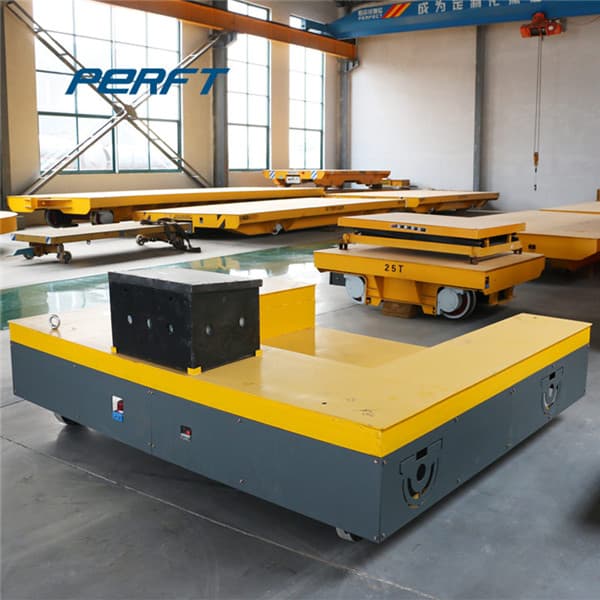
that the boiler has a valid inspection certificate (if not, the Chief Engineer will need to contact the local Boiler Inspector and make appropriate arrangements). START-UP PREPARATION Several checks must be made before a boiler can be started. These checks include the boiler itself, the feedwater system, and the fuel and draft systems. As well, old
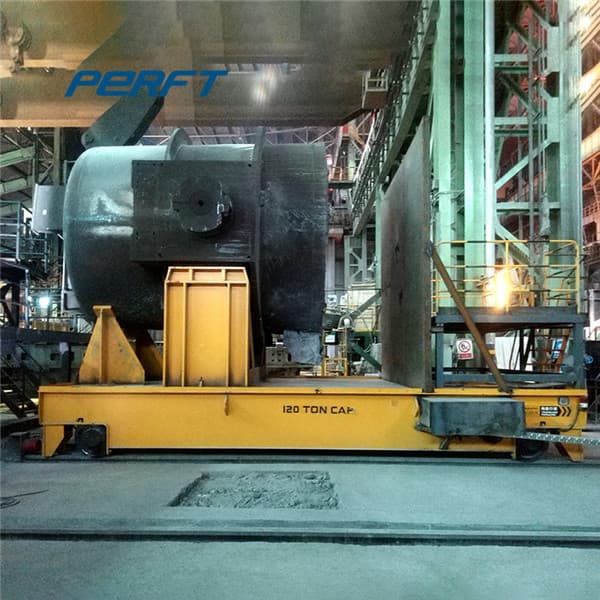
OF BOILERS Bureau of Energy Efficiency 1 1.1 Introduction Performance of the boiler, like efficiency and evaporation ratio reduces with time, due to poor combustion, heat transfer fouling and poor operation and maintenance. Deterioration of fuel quality and water quality also leads to poor performance of boiler. Efficiency test-
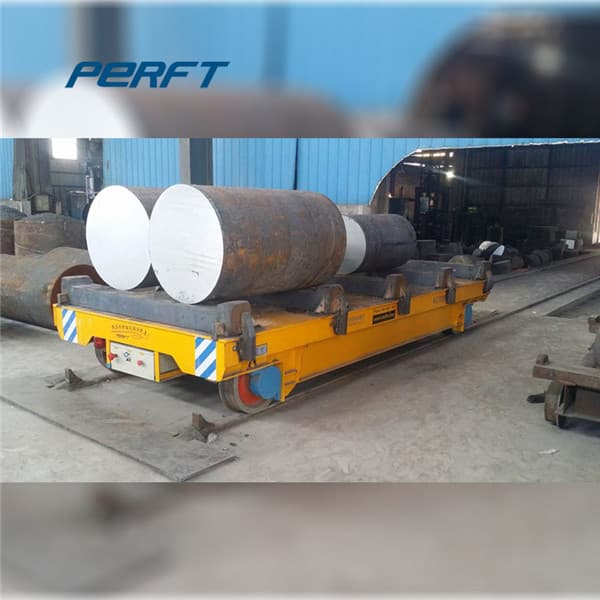
Acid Transfer Caustic and Chlor-Alkali Pharmaceuticals Polymers Renewable Fuel Production Slurry Processing Solvents Volatile Organic Compounds Waste Processing Auxiliary Boiler Feed Boiler Feed Booster Condensate Extraction Cooling Water
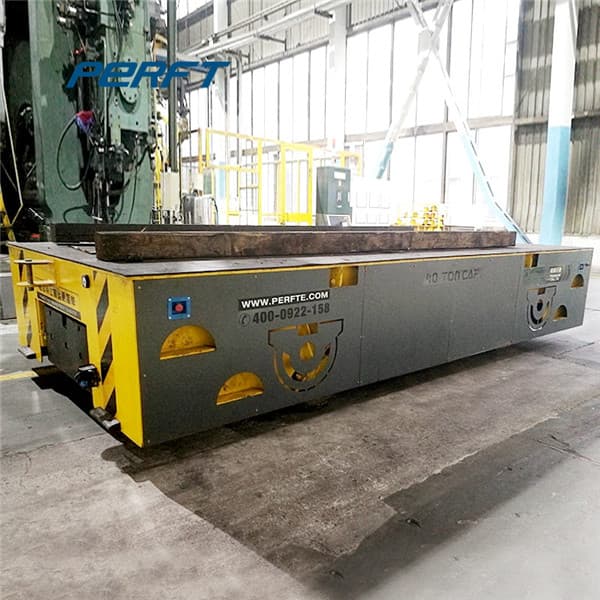
Boiler Pipe, Seamless Steel Tube, Cold Drawn Carbon Steel Seamless Boiler Tube, ASTM A192 GB/T 13296 Seamless Stainless Steel Tube for Boiler/Heat Exchanger, Mill Price, Torich Basile Machine Tool (Dalian) Co.,Perfect Transfer Cart
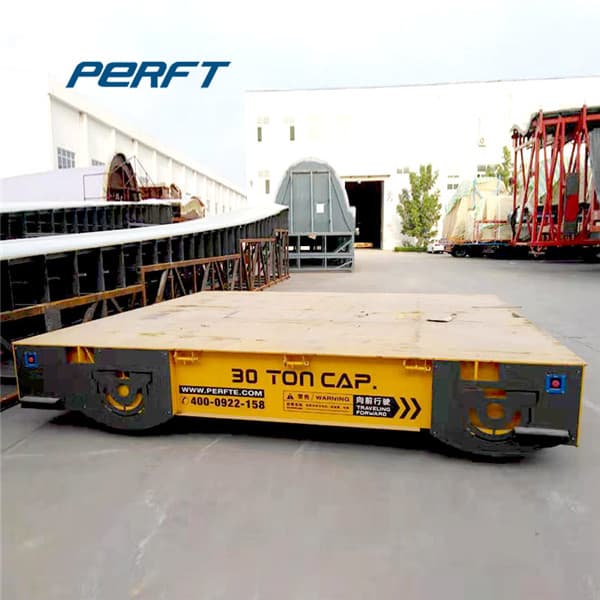
Daifuku is the industry leader in designing, engineering, and manufacturing heavy payload AGVs for applications where a standard vehicle is just not enough. These heavy-duty AGVs can be custom-built to specifications and can transfer and move loads up to 125 tons/250,000 pounds, both indoors and out.
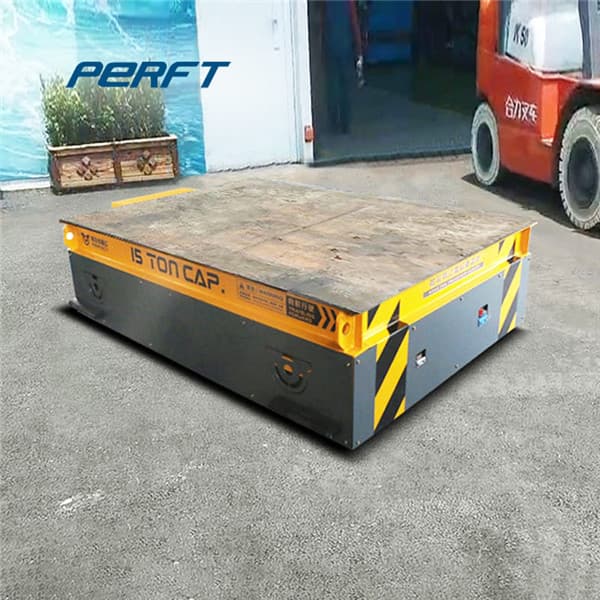
Boiler horsepower is used for sizing steam boilers. This calculation translates the steam load (in pounds per hour) to boiler horsepower. Each boiler is given a boiler horsepower (BHP) rating based on the steam output capacity at 212°F and 0 psig.
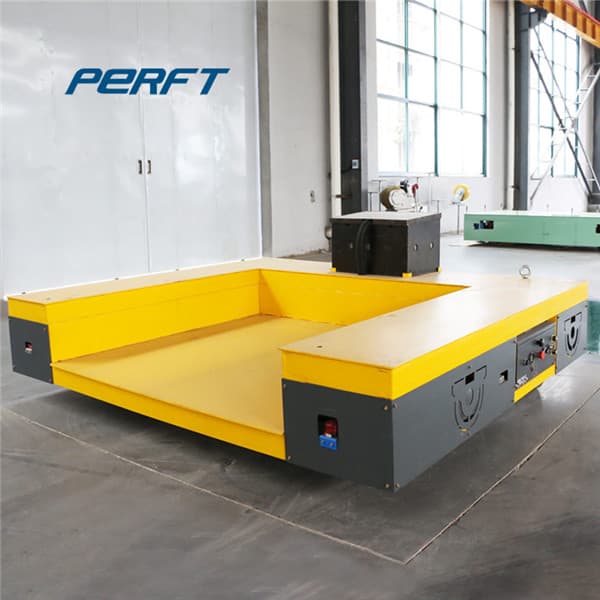
Note: Product availability is real-time basis and adjusted continuously. The product will be reserved for you when you complete your order. More
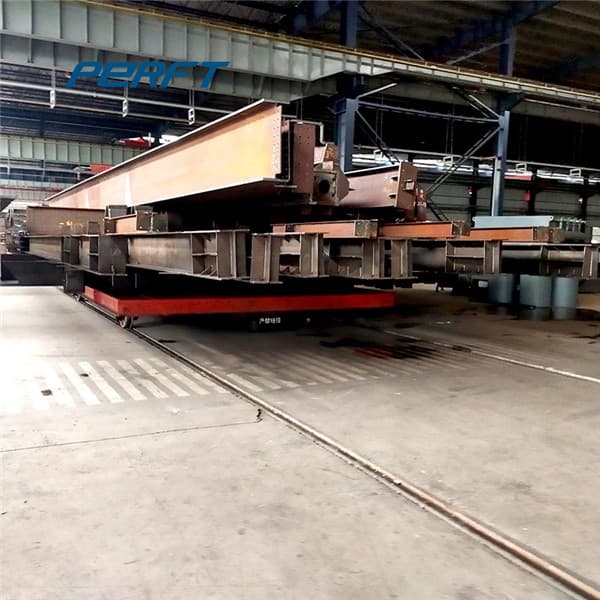
transfer is negligible. Properties Noting that T < Tsat @ 800 kPa = 170.43°C, the cold water stream and the mixture exist as a compressed liquid, which can be approximated as a saturated liquid at the given temperature. Thus, h1 ≅ hf @ 50°C = 209.33 kJ/kg h3 ≅ hf @ 800 kPa = 721.11 kJ/kg and 2839.3kJ/kg 200 C 800kPa 2 2 2
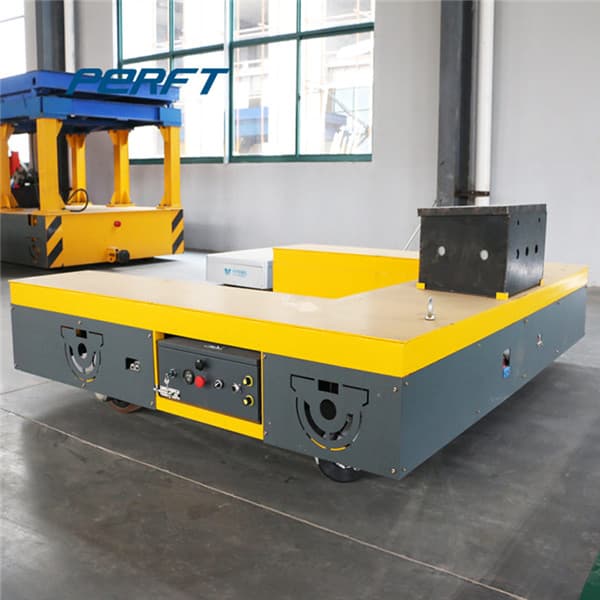
Exchanger in boiler 15 15 External tankless 15 15 Instantaneous 10 10 DHW Storage Tanks Small (up to 150gals) 12 12 ReplacePerfect (over 150gals) 7 7 Point Tank Lining Domestic Cold Water Pumps 15 15 Fire Supression 50+ 50+ Flue Exhaust w/boiler w/boiler Free Standing Chimney 50+ 50+ Fuel Oil Storage 25 25 Fuel Transfer System 25 25 Heat

We purchase all models of Mokon Heaters. The most common Mokon Heaters are the Mokon HTF 500 and HTF 600 hot oil units and the Duratherm Hot Water Heaters and Duratherm Boiler units. These are available in: single zone, dual zone and triple zone units including: 6kw, 9kw, 12kw, 18kw, 24kw, 36kw, 48kw, 72kw and 96kw units. Die Cast Machinery

Different Types of Die Transfer Carts for Your Reference. Rail powered transfer cart; Low-voltage rail powered transfer cart is a popular choice to handle dies and other materials and products. It is designed to transport loads weighing up to 150 tons and more. The rails are required to be insulated if you use this type of transfer car.
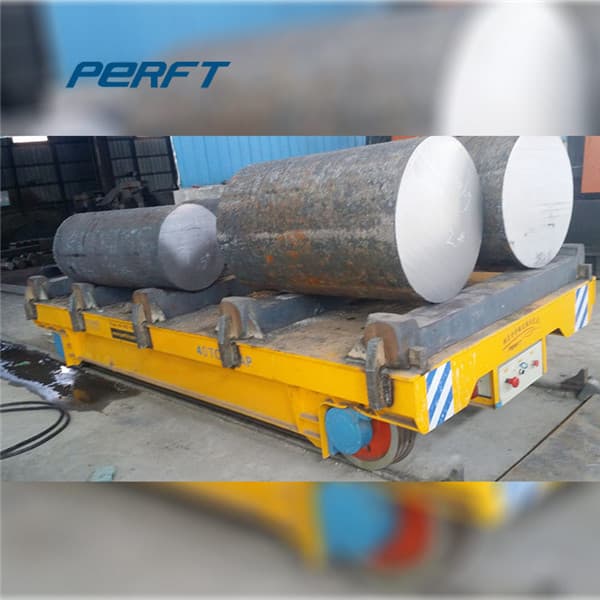
Mar 17, 2015 · Steam, Boiler, and Blowdown Pressure are the same. Combustion Efficiency is the % of fuel energy that is directly added to the feedwater and not otherwise lost or used. Blowdown Rate is the % of incoming feedwater mass flow rate that leaves the boiler as a saturated liquid at boiler pressure.
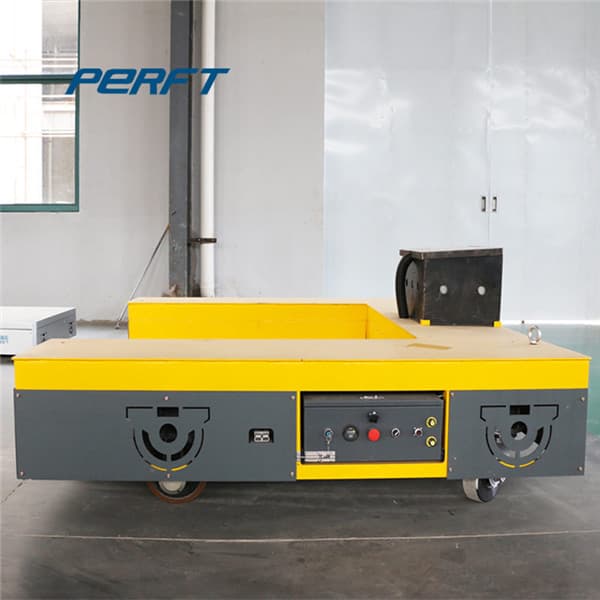
Handtrucks2go is the only name you will need to know when shopping for an electric powered platform cart. We have the best selection of battery powered flatbed carts as well as extremely competitive pricing.
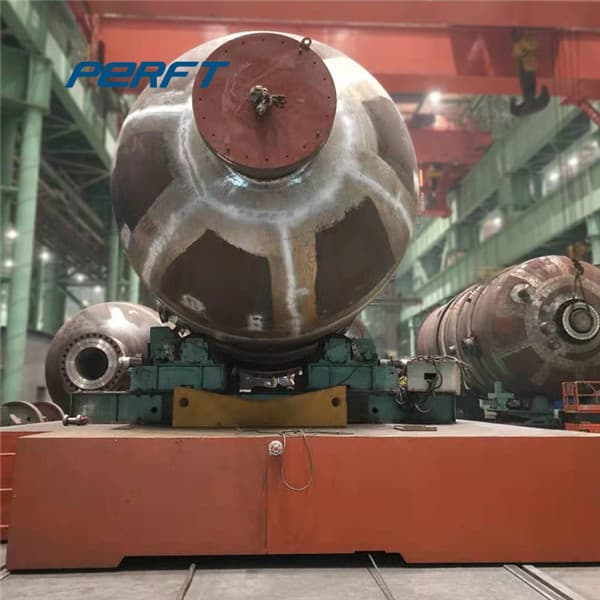
Superheated steam at 3 bar g with 10 °C of superheat (154 °C) is to be used as the primary heat source for a shell and tube process heat exchanger with a heating load of 250 kW, heating an oil based fluid from 80 °C to 120 °C (making the arithmetic mean secondary temperature (ΔT AM) 100 °C).
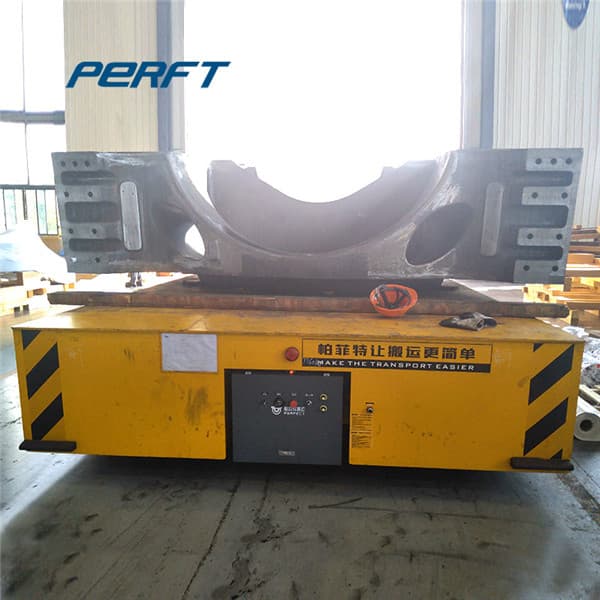
The Industrial Revolution was the first period in history during which there was a simultaneous increase in both population and per capita income. According to Robert Hughes in The Fatal Shore, the population of England and Wales, which had remained steady at six million from 1700 to 1740, rose draally after 1740.